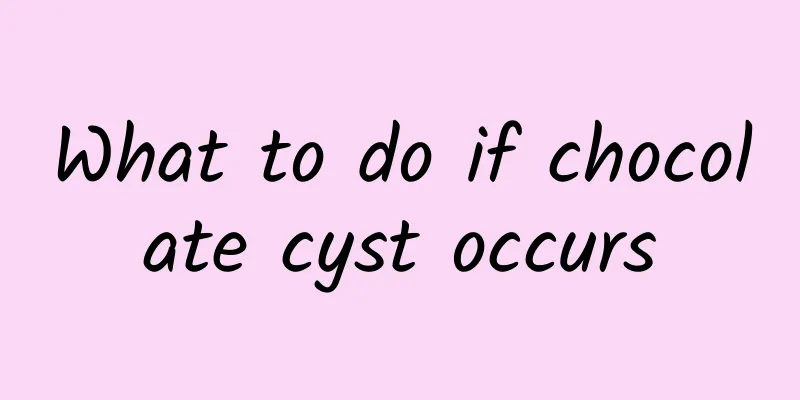What foods can be eaten to treat pelvic peritonitis

|
I believe that many people are already familiar with the disease of pelvic peritonitis, but most people do not know its cause and treatment. Once you suffer from pelvic peritonitis, the fallopian tubes are affected, causing adhesions and complete blockage of the lumen, which can affect future pregnancy and cause infertility. So can pelvic peritonitis be treated through diet? Take a look at the following introduction. 1. Ingredients: 30g hawthorn, 15g bergamot Preparation method: Put the above two flavors into a casserole and simmer for about 30 minutes. Usage: Just drink the medicine soup, 1 dose per day, for 7 to 8 days. Indications: Suitable for patients with confirmed chronic pelvic peritonitis with dysmenorrhea, excessive menstrual flow, purple-red menstrual blood, and lumpy menstrual blood. Contraindications: Not suitable for people who are tired, weak, or have persistent lower abdominal pain. Treatment of pelvic peritonitis 2: Pork liver stewed with black fungus "Ancient and Modern Medical Encyclopedia" entry Ingredients: 100g pork liver, 15g fungus Preparation method: Put the above two ingredients into a casserole, add onion, ginger, salt and other seasonings and stew until cooked. Directions: Take 1 dose daily for several days. Indications: Suitable for those who suffer from fatigue, pale complexion, dizziness, red and white vaginal discharge, and abdominal pain. Contraindications: Not suitable for people with cold body, poor appetite, loose stools, and cold limbs. 3. Ingredients: 5g raw Panax notoginseng rice, 1 young chicken Preparation method: Put the above two ingredients into a casserole, add onion, ginger, salt and other seasonings and stew until cooked. How to eat: Eat chicken and drink soup, take 2g of Panax notoginseng with chicken soup each time, 2-3 times a day, take 5-6 days as a course of treatment. Generally, 2 courses of treatment will cure the disease. Indications: Suitable for patients diagnosed with chronic pelvic peritonitis caused by postpartum blood stasis with purple menstrual color, clots, etc. Contraindications: Not suitable for those with heavy menstrual flow, bright-colored menstrual discharge, or yellow-colored leucorrhea. |
<<: What should patients with pelvic peritonitis eat?
>>: What should not be eaten for pelvic peritonitis
Recommend
Is fasting better than a low-calorie diet? 5 deadly risks of fasting
There are hundreds of ways to lose weight, and th...
What is an ovarian cyst? What are the types of ovarian cysts?
What does ovarian cyst mean? What are the types o...
Iodine can be used to wash the vulva for itching
Vulvar itching can be treated with iodine wash. 1...
Garlic protects the liver and lowers cholesterol... Do this one trick to eat it to get full anti-cancer power
The protagonist on the dining table is none other...
What should I do if my menstrual period is long and heavy?
What should I do if my menstrual period is long a...
Can pelvic inflammatory disease cause amenorrhea?
Pelvic inflammatory disease is a common gynecolog...
Several easily overlooked causes of adnexitis
Adnexitis is a common inflammation of the ovaries...
What is ovarian cyst? What causes it?
Ovarian cysts refer to cystic tumors in the ovari...
To prevent vulvar leukoplakia, pay attention to the hygiene of the vulva
Experts say that wearing loose, breathable underw...
Signs of a ruptured ovarian cyst
Signs of a ruptured ovarian cyst: When a cyst rup...
Can abortion cause ovarian cysts? What are the prevention methods?
Can abortion cause ovarian cysts? Are there any p...
Save your knees yourself! Scott: Practice these two moves to have "good knee strength"
"When the weather gets cold, knee joint pain...
What are the causes of acute pelvic inflammatory disease?
What are the causes of acute pelvic inflammatory ...
Gained weight during the Chinese New Year? 2 great fat-reducing saviors to easily manage body fat
What to do during the Chinese New Year? Of course...
What are the symptoms of Bartholinitis?
Analyzing the symptoms of female Bartholinitis ca...









